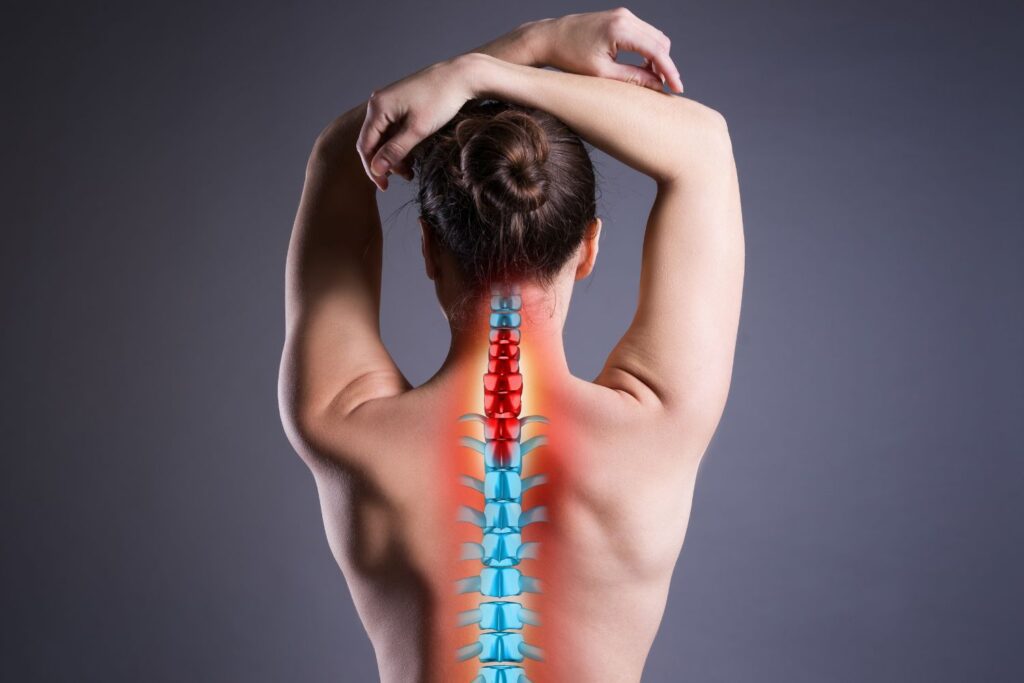Headaches are a common discomfort that nearly everyone experiences at some point. However, not all headaches are the same. Understanding the various types can be crucial for effective management. In this blog post, we’ll explore different headache types, shedding light on their unique characteristics, potential causes, and practical tips for relief.
Tension Headaches: The Everyday Ache
Description: Tension headaches are the most common type, often characterised by a steady, dull pain that wraps around the head. They are typically caused by muscle tension in the neck and scalp.
Potential Triggers: Stress, poor posture, lack of sleep, or prolonged screen time.
Self-Care Tip: To alleviate tension and promote relaxation, practice relaxation techniques such as deep breathing or gentle neck stretches.

Migraines: Beyond the Ordinary
Description: Migraines are intense, throbbing headaches. Additional symptoms include nausea, sensitivity to light and sound, and visual disturbances.
Potential Triggers: Hormonal changes, certain foods, stress, and environmental factors.
Nutritional Strategy: Consider keeping a headache diary to identify trigger foods and beverages and explore dietary modifications to reduce migraine frequency.
Cervicogenic Headaches: Neck Pain’s Influence
Description: Cervicogenic headaches originate from issues in the neck, such as muscle tightness or joint dysfunction.
Potential Triggers: Poor posture, neck injuries, or underlying neck conditions.
Alternative Therapy: Explore options such as massage therapy to address underlying neck issues and alleviate headache symptoms.

Cluster Headaches: Intense and Brief
Description: Cluster headaches (known as trigeminal autonomic cephalgia) are severe and occur in clusters or patterns, often around the same time each day for weeks or months.
Potential Triggers: Alcohol consumption, smoking, and changes in sleep patterns.
Preventive Measure: Establish a consistent sleep schedule and avoid known triggers to help reduce the frequency and intensity of cluster headache episodes.
Hormone Headaches: The Ongoing Challenge
Description: Women may experience headaches related to hormonal changes during menstruation, pregnancy, or menopause.
Potential Triggers: Fluctuations in estrogen levels.
Psychological Factor: Practice stress management techniques such as mindfulness or meditation to help mitigate the impact of hormonal fluctuations on headache frequency.

Exertion Headaches: Post-Activity Pain
Description: Exertion headaches occur during or after physical activity and are often linked to strenuous exercise.
Potential Triggers: Intense physical exertion, dehydration, or overexertion.
Medical Treatment Option: Consider over-the-counter pain relievers or consult a healthcare professional for personalised recommendations to manage exertion headaches effectively.
Thunderclap Headaches: The Sudden Strike
Description: Thunderclap headaches are severe and peak within 60 seconds, often signalling a medical emergency. This is the most severe pain you have ever felt in your life.
Potential Triggers: This can be secondary to a serious condition.
These headaches require immediate medical attention.

Understanding the nuances of each headache type allows for more targeted management and relief. If you experience frequent or severe headaches, consulting with a healthcare professional is essential to identify the underlying causes and develop an effective treatment plan.
Dr Daniel Raab
Osteopath
B.Sc.(Cli.Sc.), M.H.Sc.(Osteo)

Want to learn more from Dan?
Our practitioners are here to help; click here to make a booking.

